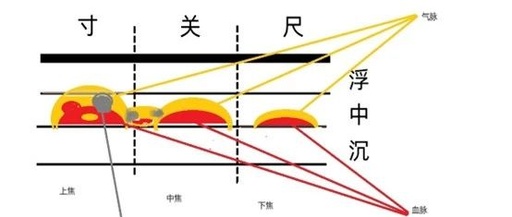The slippery pulse (hua mai) is characterized by a smooth and flowing sensation, akin to the rolling of beads.
—–《脉经》
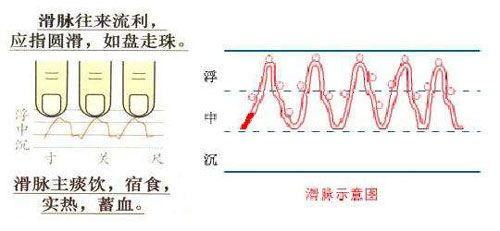
This is a popular explanation and illustration of the slippery pulse found online, where it is generally described as feeling like a row of rolling beads. But can we truly feel it as depicted in the illustration?
I personally hold a negative view on this, as I believe that such illustrations are entirely influenced by Western medical thinking, particularly the electrocardiogram, which misleads many practitioners in their understanding of pulse diagnosis in Traditional Chinese Medicine (TCM).
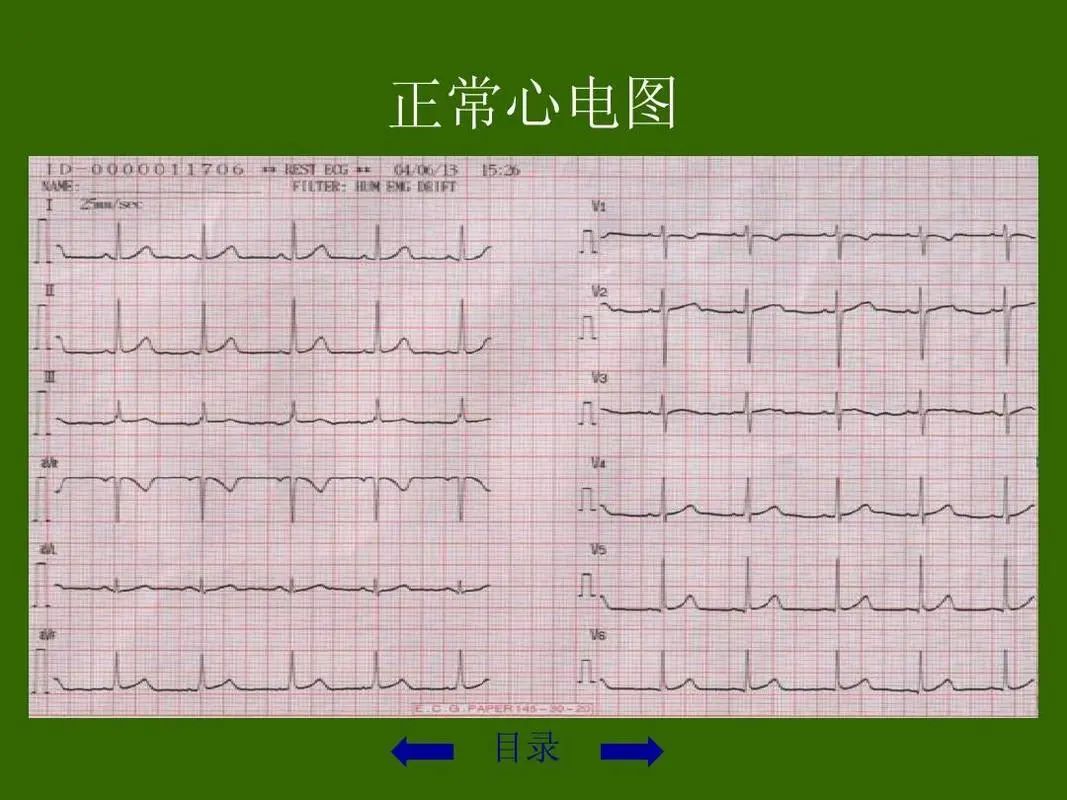
In the Huangdi Neijing (Yellow Emperor’s Inner Canon), a significant portion is dedicated to guiding people on how to understand the body from a TCM perspective. For pulse diagnosis, we must consider the interplay of yin, yang, qi, and blood. The Huangdi Neijing defines the six meridians as follows:
Taiyang (Greater Yang) is often characterized by more blood and less qi,
Shaoyang (Lesser Yang) is often characterized by less blood and more qi,
Yangming (Bright Yang) is characterized by both more qi and more blood (typical of the Foot Taiyin Spleen Meridian),
Shaoyin (Lesser Yin) is often characterized by less blood and more qi,
Jueyin (Reverting Yin) is characterized by more blood and less qi (typical of the Foot Jueyin Liver Meridian),
Taiyin (Greater Yin) is characterized by more qi and less blood (typical of the Hand Taiyin Lung Meridian).
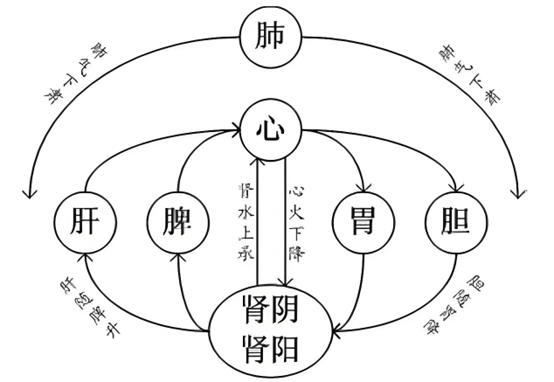
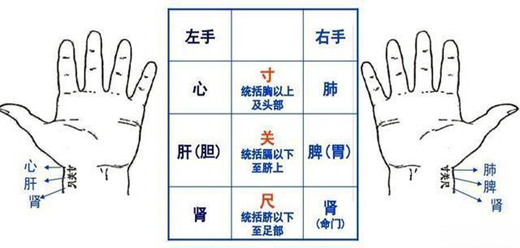
From this, we can understand that the sensation of the pulse is a result of the combined effects of qi and blood. For example, a pulse with more qi and less blood, such as in the case of the lung pulse, feels more elastic and softer, similar to a freshly steamed bun.
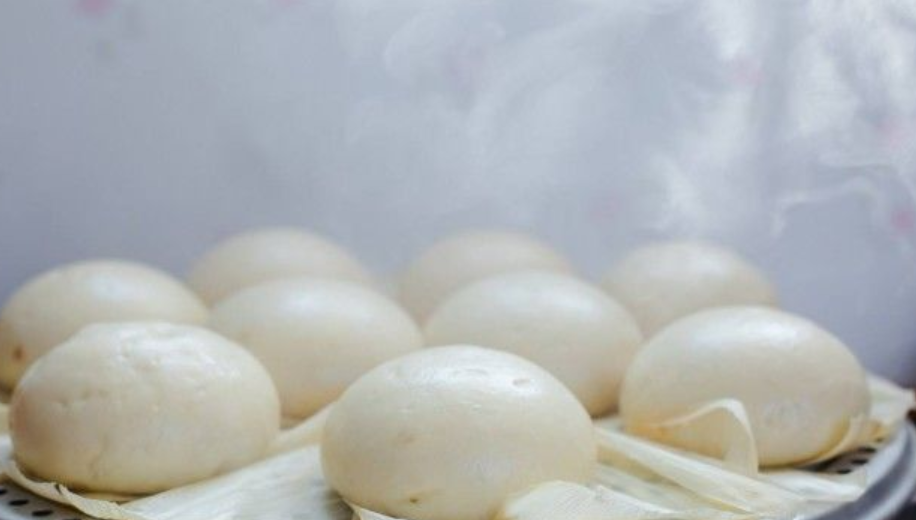
A pulse with more blood and more qi can be associated with the spleen and stomach pulse, where qi and blood are balanced, and it feels like a warm bun, with less air but more resilience.
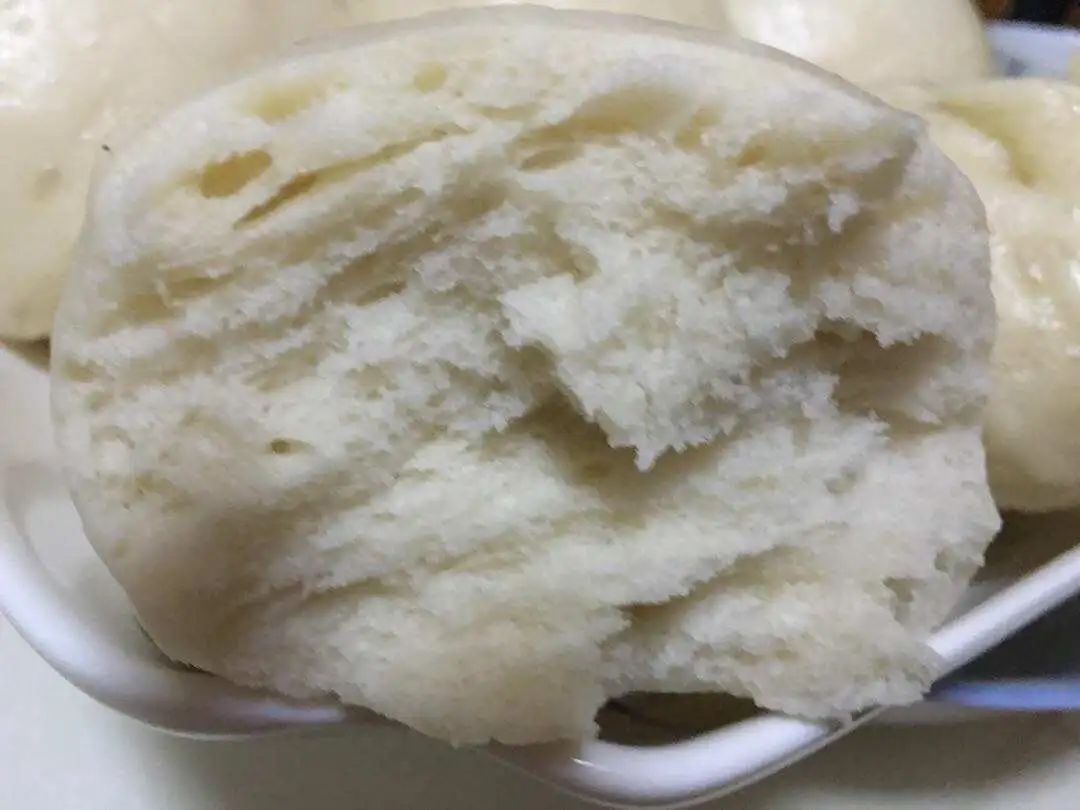
Conversely, a pulse with more blood and less qi leads us to think of the liver pulse, which feels harder, akin to a cooled bun due to the lack of qi. This is a general understanding.
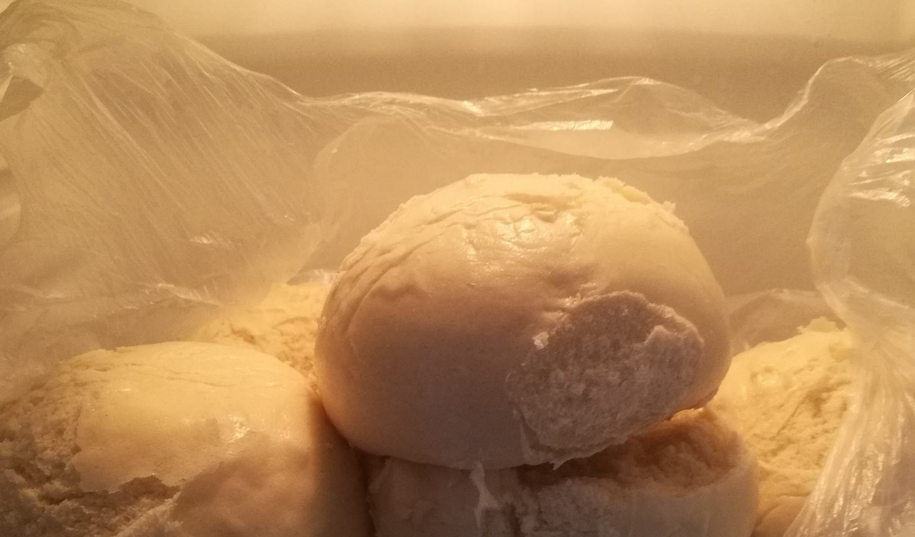
The above describes normal conditions. When the body is mixed with various impurities, such as phlegm, dampness, and water retention as described in TCM, the expansion and contraction of qi and blood can be inhibited. Some areas that should contract do not, and those that should expand do not, leading to an unstable pulse pattern, with blurred boundaries between the cun, guan, and chi pulses. However, if the righteous qi is still strong and can still move the qi and blood, a slippery pulse arises, defined as a yang pulse for this reason. The slippery pulse is primarily characterized by its smooth and flowing sensation, rather than the rolling bead sensation, which has misled many people. Below is my interpretation of the slippery pulse.
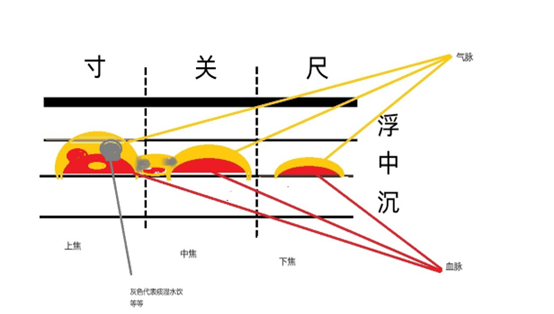
Understanding the slippery pulse from an observational perspective is more akin to polluted river water:


